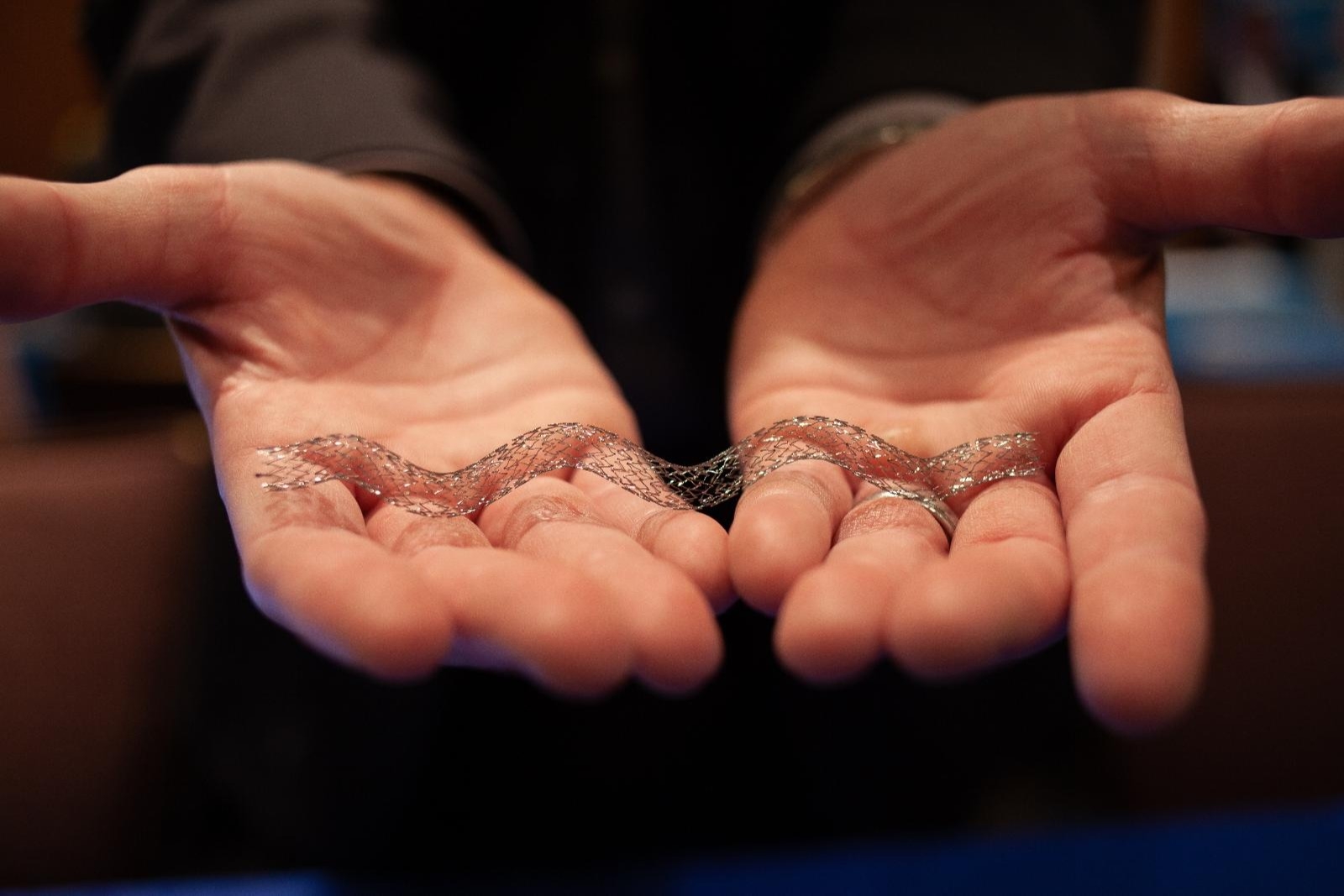What are some of the different vascular surgery options?
March 9, 2022
What Are Some of the Different Vascular Surgery Options?
At the Vascular Institute of the Rockies, helping you improve your vascular health in order to live a better life is always our top priority. With this in mind, we are proud to offer a variety of vascular surgery options to meet your unique vascular needs. These include:
1. Angioplasty and Stenting
An angioplasty is a treatment used to open clogged arteries. During the procedure, a small balloon catheter is placed in a blocked blood vessel to allow blood to flow through it easier. In most cases, angioplasty takes place along with the placement of a stent. A stent is a small wire enforced, flexible mesh tube that helps hold the artery open and prevents it from closing/collapsing again. Angioplasty and stenting can help treat relieve symptoms of blocked arteries, including chest pain and difficulty breathing, and swelling of the legs and feet.
2. Atherectomy
An atherectomy is a treatment used to remove plaque from an artery, which allows blood to flow freely through it to feed other, smaller vessels and organs. During the procedure plaque from the inside of the artery walls is removed and the artery or vein is sewn closed again. It most commonly treats people with coronary artery disease or peripheral artery disease, but can also be a follow-up treatment for someone who has already had an angioplasty and stents yet still has plaque build-up.
3. Arteriovenous (AV) Fistula
Arteriovenous (AV) fistula surgery is performed to create a place for dialysis to be administered through the body's circulatory system. When your kidneys can no longer remove waste and fluids, dialysis is a necessary process to keep you healthy. An AV fistula helps this process by allowing blood to flow from your body to the dialysis machine, then back to your body after it's been filtered. AV fistula surgery usually entails sewing an artery and vein together in the arm, usually starting between the wrist and elbow, then higher up between the elbow and shoulder. It is usually the best option for most people who need long-term dialysis and have healthy enough blood vessels to tolerate the procedure. .
4. Arteriovenous (AV) Graft
Like AV fistula surgery, arteriovenous graft surgery is done to create a place for dialysis to take place by connecting an artery to a vein. In this case, a synthetic graft (a hollow, flexible, tubelike device) is placed under the skin which will act as an artificial blood vessel. It's typically placed in the arm or thigh depending on the needs of the patient.
5. Open Abdominal Surgery
Open abdominal surgery is performed to repair an aortic abdominal aneurysm. In order to do so, the doctor uses a special graft, or artificial tube, to replace the weakened, bulging section of the aorta in your abdomen. Sometimes the doctor is able to repair the aorta by removing the buildup of blood and plaque that are causing the bulging then sew it back together using a patch or directly closed again. This is done in the hospital under general anesthesia.
6. Thrombectomy
Thrombectomy is a procedure used to treat an acute blood clot, most commonly in your arm or leg, either mechanically using a balloon technique during a procedure. During a mechanical thrombectomy, a catheter is inserted in the vein to locate the clot, and a dilated balloon helps retrieve the clot and pull it out of the body. During an operative thrombectomy, the clot is removed surgically through an incision exposing the clot; irrigation solution and precise surgical instruments are used to remove it.
7. Vascular Bypass Surgery
During vascular bypass surgery, a natural or synthetic graft is used to reroute blood around a blockage, aneurysm or damaged vessel. Depending on the the location of the damaged vessels, top of the graft is sewn to an artery then attached again lower down, thereby creating a new path for the blood to flow through. This can help relieve leg pain by improving circulation which helps to promote healing of skin lesions, reduce swelling, and prevent gangrene.
8. Open Carotid and Femoral Endarterectomy
Endarterectomy is a surgery that restores proper blood flow through arteries to by removing the plaque build-up inside the wall of the vessel. Carotid arteries branch of the aorta and up to supply blood to the brain. Femoral arteries branch of the distal (lower) aorta and carry blood to both of your legs. If these arteries become blocked, it can have significant effects on your health and should be carefully examined by vascular health care specialist.
For more information on the best surgical options to restore your vascular system to health, the trusted team at the Vascular Institute of the Rockies is here for you. Contact us today.
Sources:
Atherectomy | Stanford Health Care
Arteriovenous (AV) Fistula Surgery - AV Fistula Surgery (healthgrades.com)
Arteriovenous (AV) Graft Surgery - Procedure Details (healthgrades.com)
Open Repair Surgery for Abdominal Aortic Aneurysm | Michigan Medicine (uofmhealth.org)
Thrombectomy - UAB Medicine
Surgical Bypass | Society for Vascular Surgery
Carotid artery surgery - open: MedlinePlus Medical Encyclopedia
